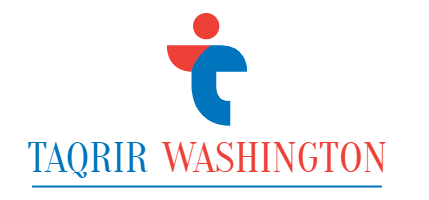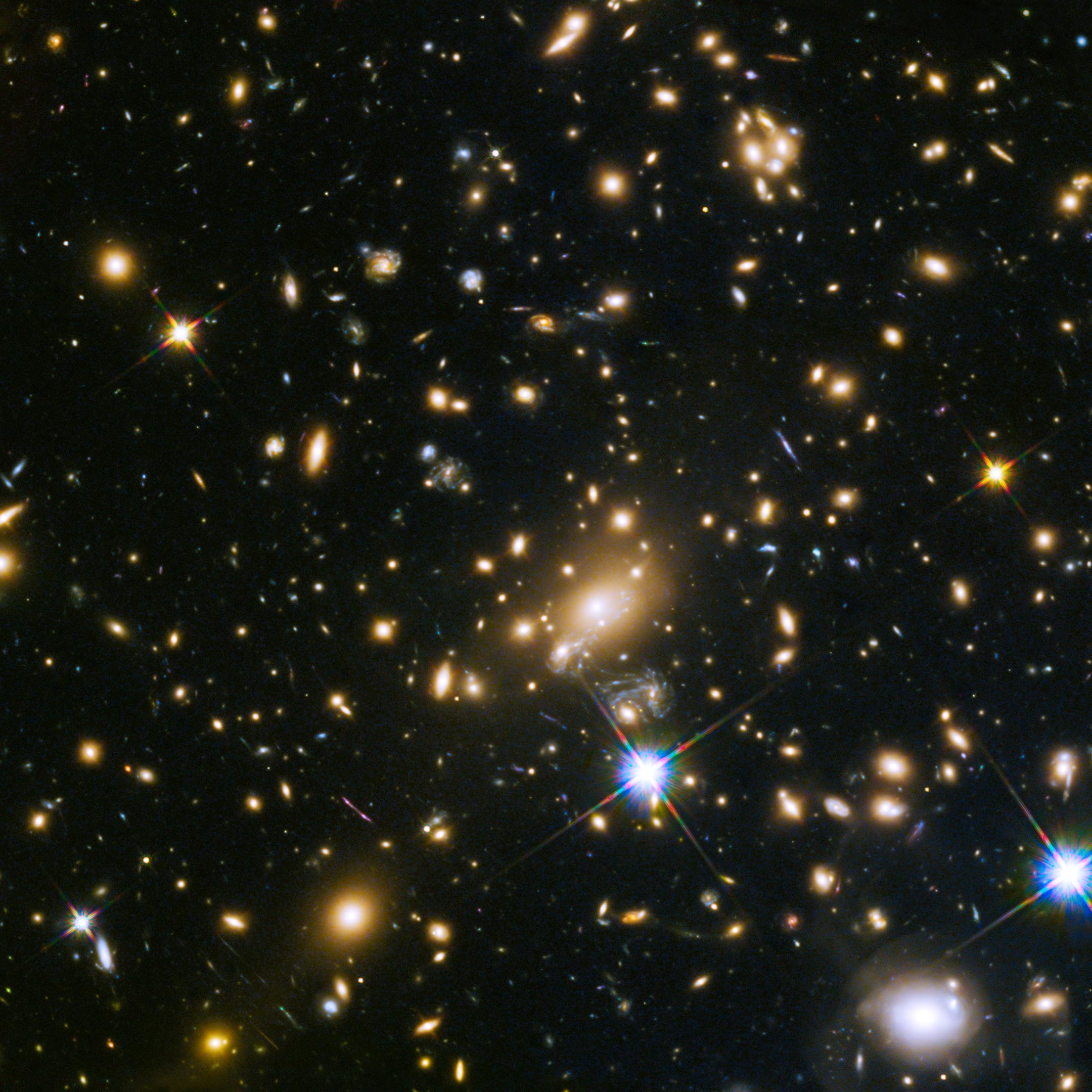تُظهر هذه الصورة MACS J1149.5 + 223 ، مجرة كبيرة استغرق ضوءها أكثر من 5 مليارات سنة للوصول إلينا. كتلة الكتلة الهائلة تحني الضوء من أجسام بعيدة. يتم تضخيم الضوء من هذه الأجسام وتشويهه بسبب عدسات الجاذبية. ينتج عن نفس التأثير صورًا متعددة لنفس الكائنات البعيدة. الائتمان: ناسا ، وكالة الفضاء الأوروبية ، إس. رودني (جامعة جون هوبكنز ، الولايات المتحدة الأمريكية) وفريق فرونتير إس إن ؛ د. درو (جامعة كاليفورنيا ، لوس أنجلوس ، الولايات المتحدة الأمريكية) ، ب. كيلي (جامعة كاليفورنيا ، بيركلي ، الولايات المتحدة الأمريكية) وفريق جلاس ؛ ج. Lotz (STScI) ومجموعة Frontier Fields Group ؛ م. ساعي البريد (STScI) ومجموعة Clash ؛ و Z. Levay (STScI).
سيساعد البحث الذي أجرته جامعة مينيسوتا في تحديد عمر الكون بشكل أكثر دقة.
استخدم فريق بقيادة جامعة مينيسوتا توين سيتيز تقنية لأول مرة لقياس معدل توسع الكون ، مما يوفر نظرة ثاقبة من شأنها أن تساعد في تحديد عمر الكون بشكل أكثر دقة وتساعد الفيزيائيين وعلماء الفلك على فهم الكون بشكل أفضل.
بفضل البيانات المأخوذة من سوبر نوفا مكبّر ومُصوَّر بشكل مكبّر ، نجح فريق بقيادة باحثين من توين سيتيز في جامعة مينيسوتا في استخدام تقنية هي الأولى من نوعها لقياس معدل توسع الكون. توفر بياناتهم نظرة ثاقبة لنقاش طويل الأمد في هذا المجال وتساعد العلماء على تحديد عمر الكون بشكل أكثر دقة وفهم الكون بشكل أفضل.
العمل مقسم إلى ورقتين نشرتا على التوالي علومواحدة من أفضل المجلات الأكاديمية التي تمت مراجعتها من قبل الأقران في العالم ، و ال Big Bang.
However, these two measurements differ by about 10 percent, which has caused widespread debate among physicists and astronomers. If both measurements are accurate, that means scientists’ current theory about the makeup of the universe is incomplete.
“If new, independent measurements confirm this disagreement between the two measurements of the Hubble constant, it would become a chink in the armor of our understanding of the cosmos,” said Patrick Kelly, lead author of both papers and an assistant professor in the University of Minnesota School of Physics and Astronomy. “The big question is if there is a possible issue with one or both of the measurements. Our research addresses that by using an independent, completely different way to measure the expansion rate of the Universe.”
The University of Minnesota-led team was able to calculate this value using data from a supernova discovered by Kelly in 2014—the first-ever example of a multiply-imaged supernova, meaning that the telescope captured four different images of the same cosmic event. After the discovery, teams around the world predicted that the supernova would reappear at a new position in 2015, and the University of Minnesota team detected this additional image.
These multiple images appeared because the supernova was gravitationally lensed by a galaxy cluster, a phenomenon in which mass from the cluster bends and magnifies light. By using the time delays between the appearances of the 2014 and 2015 images, the researchers were able to measure the Hubble Constant using a theory developed in 1964 by Norwegian astronomer Sjur Refsdal that had previously been impossible to put into practice.
The researchers’ findings don’t absolutely settle the debate, Kelly said, but they do provide more insight into the problem and bring physicists closer to obtaining the most accurate measurement of the Universe’s age.
“Our measurement is in better agreement with the value from the cosmic microwave background, although—given the uncertainties—it does not rule out the measurement from the local distance ladder,” Kelly said. “If observations of future supernovae that are also gravitationally lensed by clusters yield a similar result, then it would identify an issue with the current supernova value, or our understanding of galaxy-cluster dark matter.”
Using the same data, the researchers found that some current models of galaxy-cluster dark matter were able to explain their observations of the supernovae. This allowed them to determine the most accurate models for the locations of dark matter in the galaxy cluster, a question that has long plagued astronomers.
References:
“Constraints on the Hubble constant from Supernova Refsdal’s reappearance” by Patrick L. Kelly, Steven Rodney, Tommaso Treu, Masamune Oguri, Wenlei Chen, Adi Zitrin, Simon Birrer, Vivien Bonvin, Luc Dessart, Jose M. Diego, Alexei V. Filippenko, Ryan J. Foley, Daniel Gilman, Jens Hjorth, Mathilde Jauzac, Kaisey Mandel, Martin Millon, Justin Pierel, Keren Sharon, Stephen Thorp, Liliya Williams, Tom Broadhurst, Alan Dressler, Or Graur, Saurabh Jha, Curtis McCully, Marc Postman, Kasper Borello Schmidt, Brad E. Tucker and Anja von der Linden, 11 May 2023, Science.
DOI: 10.1126/science.abh1322
“The Magnificent Five Images of Supernova Refsdal: Time Delay and Magnification Measurements” by Patrick L. Kelly, Steven Rodney, Tommaso Treu, Simon Birrer, Vivien Bonvin, Luc Dessart, Ryan J. Foley, Alexei V. Filippenko, Daniel Gilman, Saurabh Jha, Jens Hjorth, Kaisey Mandel, Martin Millon, Justin Pierel, Stephen Thorp, Adi Zitrin, Tom Broadhurst, Wenlei Chen, Jose M. Diego, Alan Dressler, Or Graur, Mathilde Jauzac, Matthew A. Malkan, Curtis McCully, Masamune Oguri, Marc Postman, Kasper Borello Schmidt, Keren Sharon, Brad E. Tucker, Anja von der Linden and Joachim Wambsganss, 11 May 2023, The Astrophysical Journal.
DOI: 10.3847/1538-4357/ac4ccb
This research was funded primarily by NASA through the Space Telescope Science Institute and the National Science Foundation.
In addition to Kelly, the team included researchers from the University of Minnesota’s Minnesota Institute for Astrophysics; the University of South Carolina; the University of California, Los Angeles; Stanford University; the Swiss Federal Institute of Technology Lausanne; Sorbonne University; the University of California, Berkeley; the University of Toronto; Rutgers University; the University of Copenhagen; the University of Cambridge; the Kavli Institute for Cosmology; Ben-Gurion University of the Negev; University of the Basque Country; the University of Cantabria; Consejo Superior de Investigaciones Cientificas (the Spanish National Research Council); the Observatories of the Carnegie Institution for Science; the University of Portsmouth; Durham University; the University of California, Santa Barbara; the University of Tokyo; the Space Telescope Science Institute; the Leibniz Institute for Astrophysics Potsdam; the University of Michigan; Australian National University; Stony Brook University; Heidelberg University; and Chiba University.

“متعصب للموسيقى. مستكشف متواضع جدا. محلل. متعصب للسفر. مدرس تلفزيوني متطرف. لاعب.”






More Stories
“المذنب الشيطاني” 12P/Pons-Brooks يتجه نحو الشمس. هل ستنجو؟
نتائج ملحوظة – يكشف بحث جديد أن الحبل الشوكي يمكنه التعلم والحفظ
اكتشف العلماء وجود صلة بين الوجبات السريعة والسرطان